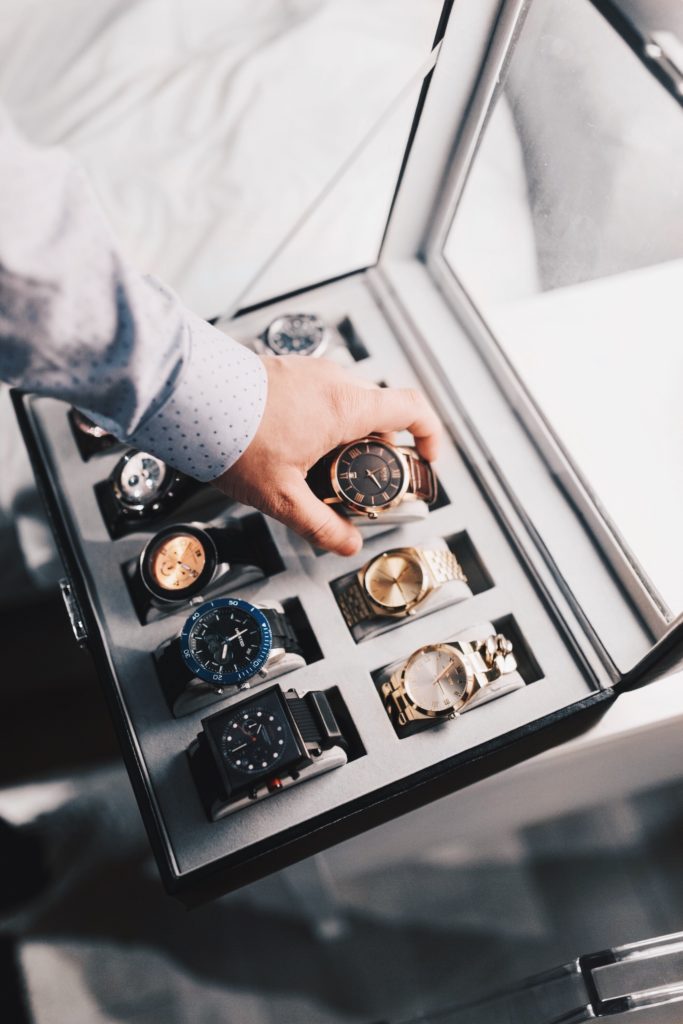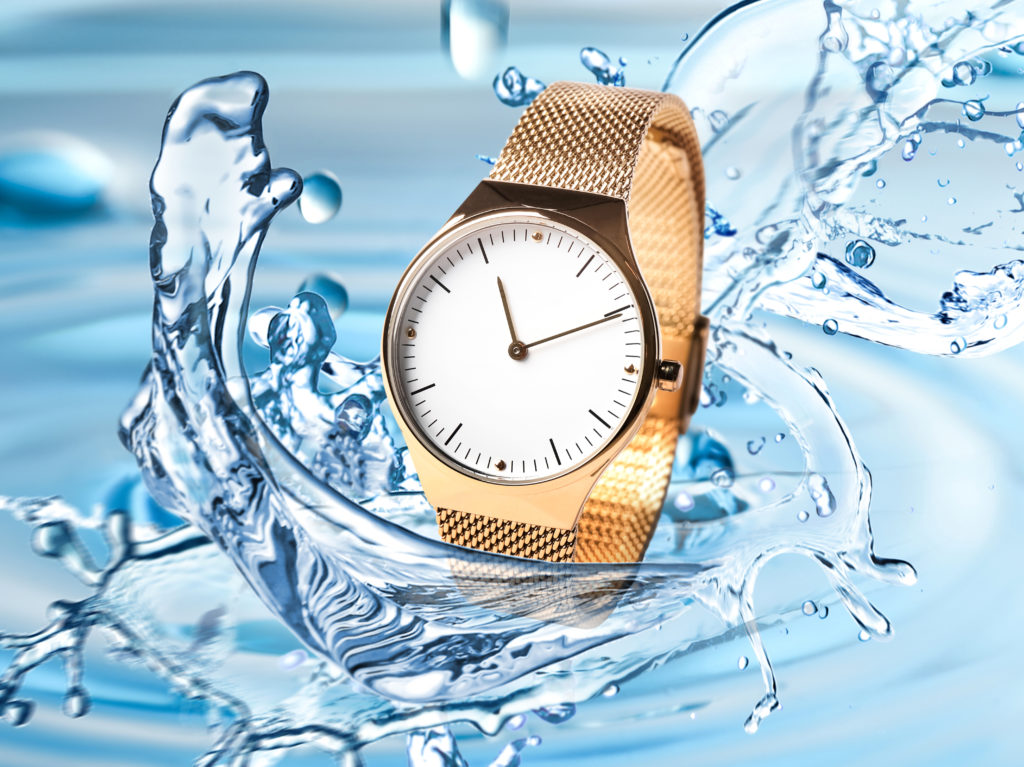Now you can listen to us read the article!
You’ve got that beloved watch that’s locked away safe in a customized case, coming out only on rare, momentous occasions. Today, though, you notice it’s looking a bit dull and see a minor scratch too. But you feel very ambivalent about getting it polished.
Polishing a watch can devalue it if you own a collectible timepiece. The value of a watch depends on the time elapsed from the production date and how close it is to its original self. Polishing a watch alters its shape and smooths its unique intricate details, even by an experienced professional.
If you’re thinking of whether or not you can have a valuable old watch polished, you may want to check out this article first. Read on as we discuss the important facts you need to know about polishing your watch to ensure it retains its maximum value.
Important Facts To Know About Polishing Your Watch
Polishing a watch isn’t merely using a rag with some cleaner to make it shiny. It’s a meticulous process of altering the surface finish to smooth away scratches and dings. Polishing removes thin layers of the material finish, which inevitably alters the original shape and form of the watch.
Before you shun the idea of polishing completely away, there are some things to consider.
For example, if your watch is secondhand vintage, it may have already been polished once before. If it’s a recent model that you plan on keeping as a collectible, it may not require polishing as modern materials are more durable.
Now, let’s discuss the important facts about polishing watches before you take a side on the age-old debate: to polish or not to polish?
1. A Vintage Watch’s Value Drops if Polished Even Once
The longer a watch has been around, the more stories it has to tell with its wear and tears. According to Business Insider, vintage watches dominate the watch sector as collectors feel emotionally connected to them.
If you own a collectible vintage watch like the Rolex Submariner or the Cartier Tank Cintrée that has never been polished, and you plan on reselling it someday, it’s highly advisable never to polish your watch. It’s extremely rare to find a classic watch that has retained its originality for more than a century, and this rarity quadruples the value of a vintage watch.
On the other hand, if you bought a secondhand watch or owned a watch just some years old that has been polished once or twice already, there will be no additional harm in getting it polished again when it comes to value.
2. Trust Only an Experienced Professional To Polish Your Watch
As we’ve already mentioned, polishing isn’t just wiping a watch clean, as is the misconception. As Rolex explains, polishing is the most telling stage in the manufacturing process of a watch.
It requires the perfect amount of everything:
- Concentration
- Pressure
- Intricacy
- Precision
- Skill
To be a polisher at Rolex, you need a three-year apprenticeship, followed by at least five years on the job experience.
If the pressure applied takes a few seconds too long, this ruins the shape of the case as too much metal has been removed. If you spend a few seconds less, you’re left behind with more scratches.
Some collectors lack confidence in authentic service centers but prefer going to independent outlets specializing in vintage watches. Most collector watches were built with a unique manual, where, for example, the manufacturer decided on the grain size for brushing.
Brushing is one of the techniques of polishing. If an incorrect grain size of brushing is used, the texture of the watch component can be completely ruined.
3. There Are Ways You Can Identify a Previously Polished Watch
A skilled watchmaker or polisher will try his best not to compromise the original shape to a great extent. But if done more than once or done poorly, there are some easy ways collectors can identify a polished watch.
- Lug edges. The lugs of a watch are usually defined with sharp edges. After polishing, the sharp 90-degree cut is lost, with lugs becoming more round than before. Some bevels are placed right at the side of lugs, but with polishing and removal of material, these are completely lost.
- Hallmarks. Gold cases have hallmarks on them, but polishing can make them less defined and sharp.
- Shine. A simple tell-all sign is a very shiny watch claimed to be several years old. The “tropical” watches are those that have a component faded due to sunlight and, according to Christie’s, are very high in demand.
4. Some Components of a Watch Are Safe To Polish
The watch bracelet is the component that straps the watch on your wrist. Generally, these can be easily polished and don’t leave a dent in the watch’s value. After all, some collectors prefer a shiny, scratch-free-looking bracelet.
There are exceptions to this rule, though. For example, if the bracelet on your watch has the letters “G” and “F” engraved, there’s a high chance you have a million-dollar collector’s watch in your possession. These belong to Gay Frères that made bracelets for companies like Patek Philippe, and a watch with their work sells for millions even now.
Crystals on watches can safely be replaced, but it’s also preferred to replace an overly scratched crystal or polish it to add value. A crystal in poor condition can make reading the dial difficult, adding a dent to the watch’s value.
Final Thoughts
The watch industry is always at odds when it comes to polishing. An artist can find a way to fix a ruined painting, or a designer can hack her way around a torn dress, but with watches, polishing is an irreversible deed.
It always comes down to your personal preference–if you like your watch shiny and lustrous or want your watch to tell a story with its scratches and dents. But when particularly keeping value in mind, polishing a watch is generally the wrong answer.
Sources
- Business Insider: From Rolex to Audemars Piguet: The 11 best watch investments for aspiring collectors
- Gear Patrol: Why You Aren’t Supposed to Polish a Watch
- Christie’s: Ask a Specialist: Value vs. Condition
- Elite Traveler: The Most Expensive Watches Ever Sold at Auction
- Hancocks London: Gay Frères
- Rolex: The Submariner
- Rolex: The Art and Science of Sheen – polishing
- Cartier: Tank Cintrée







